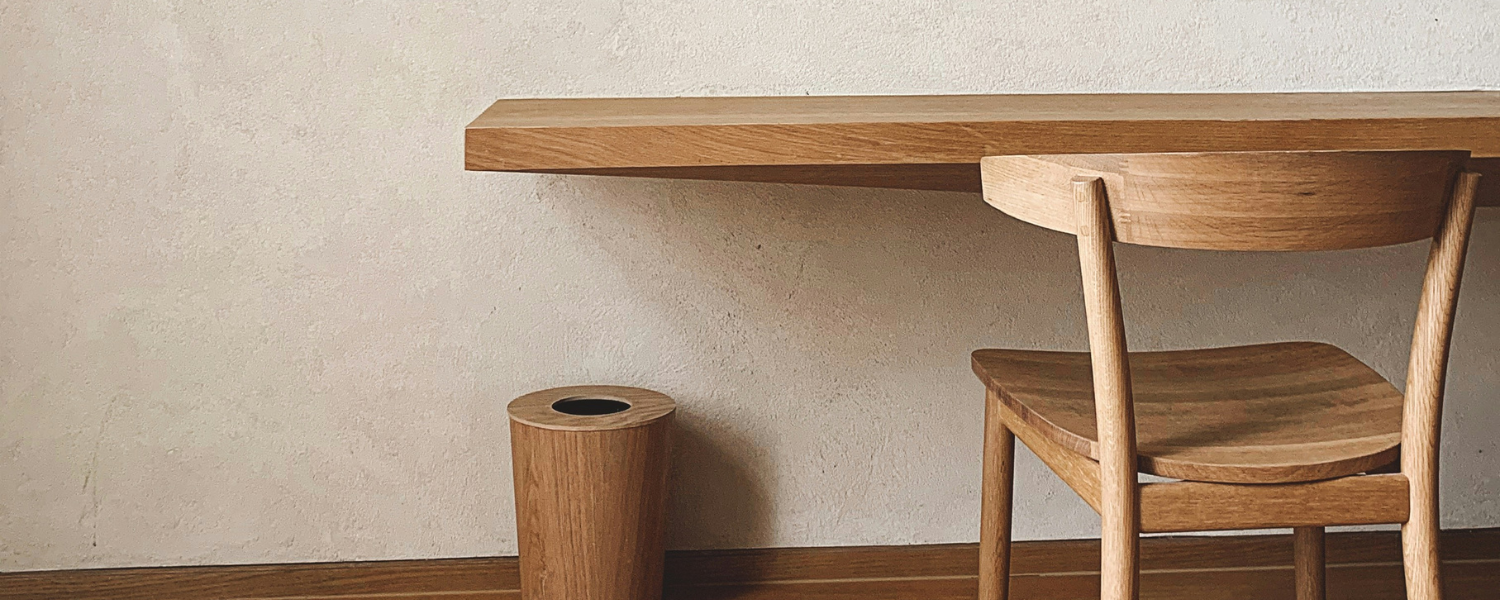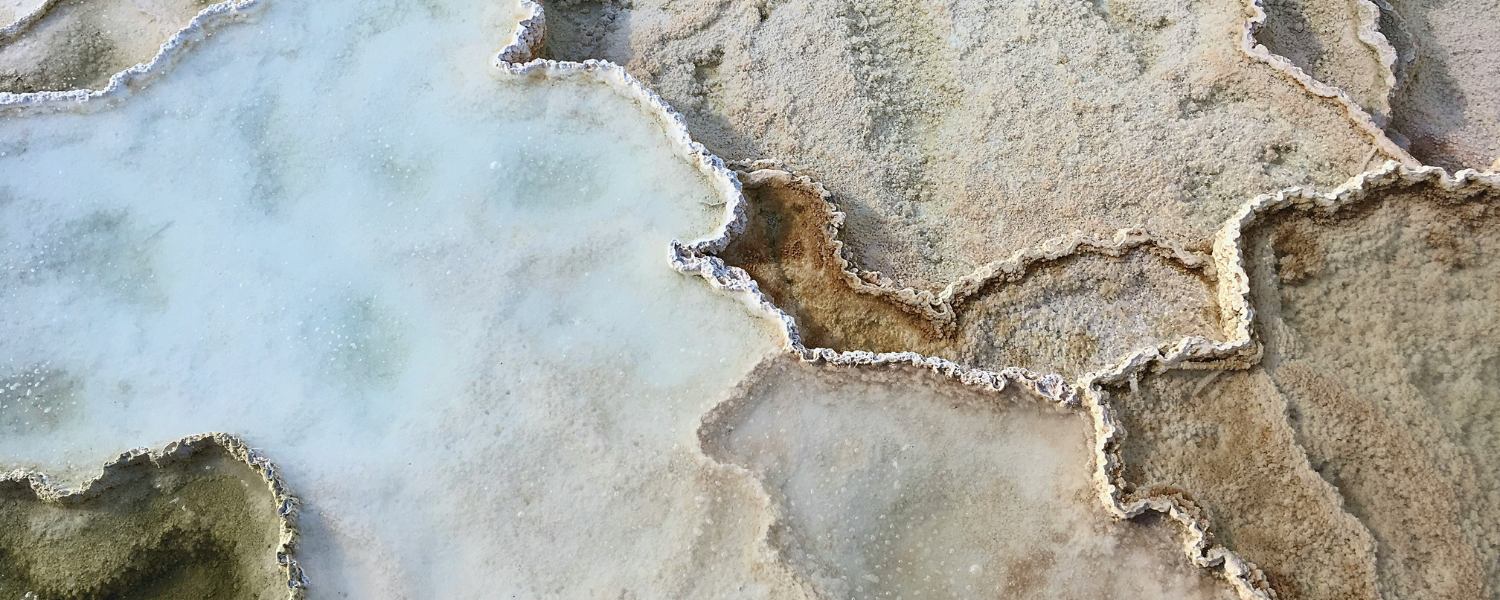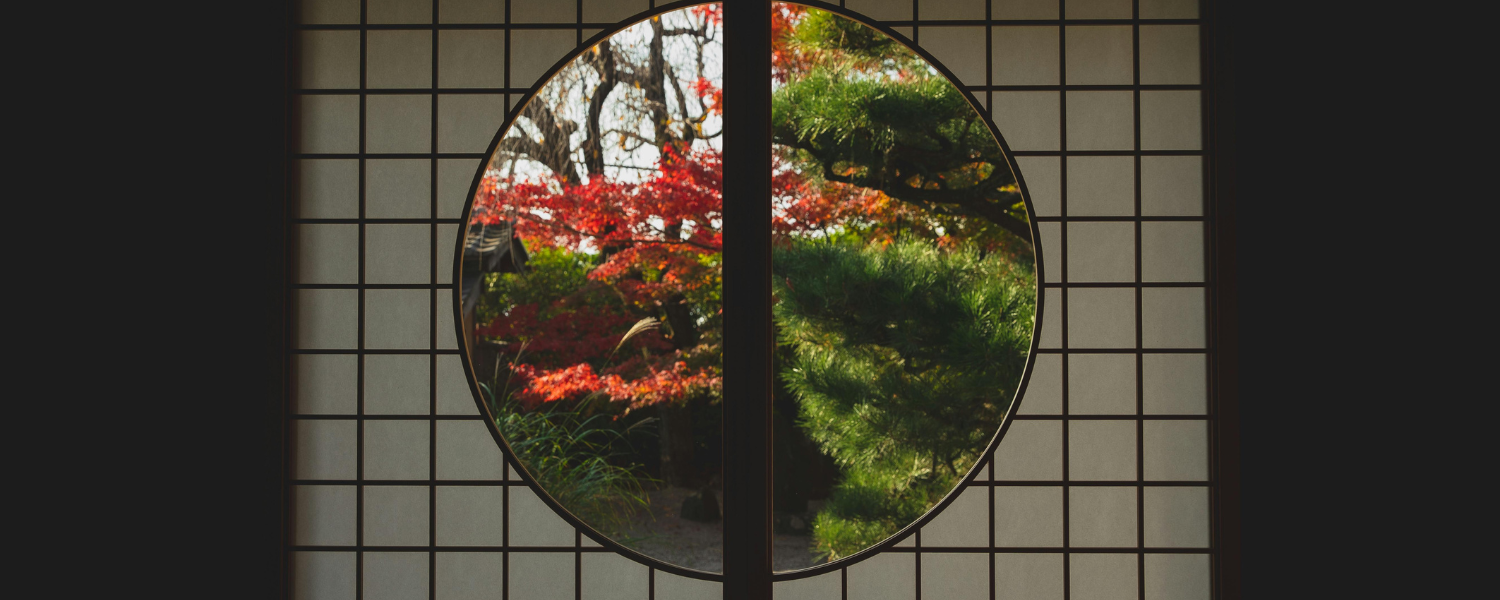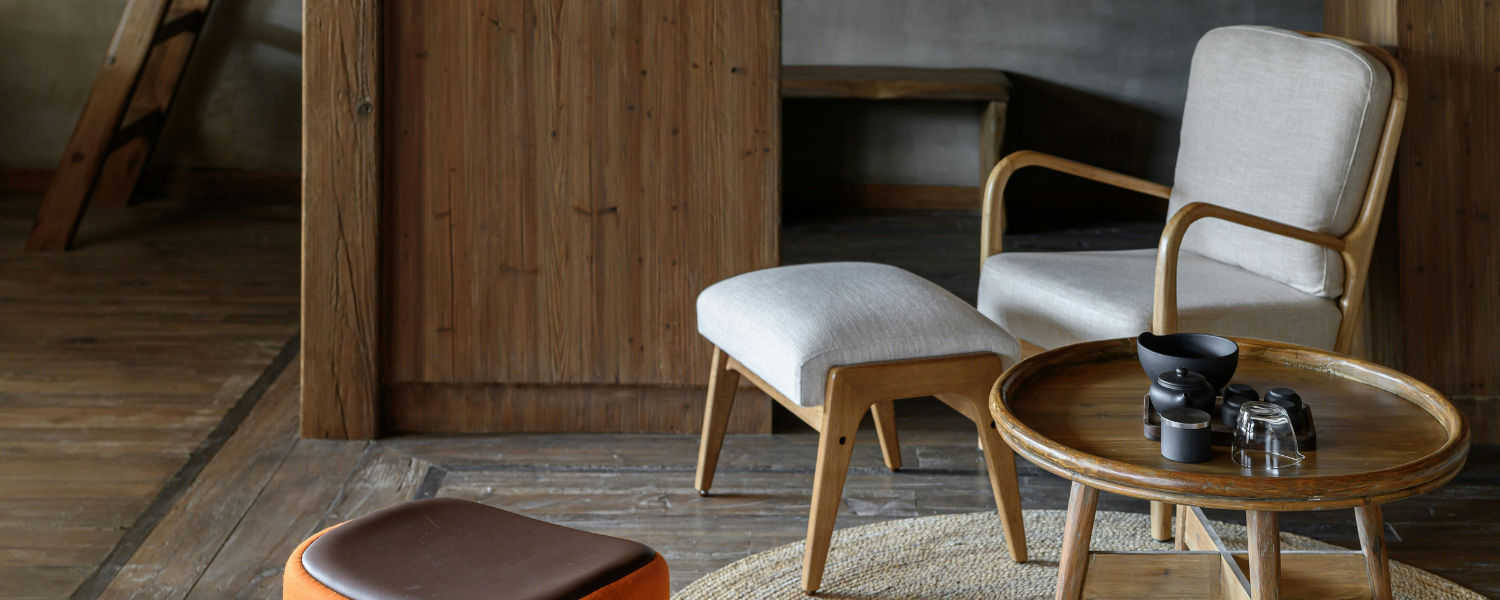11 Japanese Interior Design Principles To Bring Into Your Home
In a fast-paced world filled with constant stimuli, the allure of Japanese interior design lies in its ability to cultivate serene and harmonious living spaces. Japanese design principles seamlessly blend the ancient with the contemporary, creating environments that transcend mere aesthetics.
Join us on a journey to explore these 11 timeless principles that will not only adorn your living spaces but also infuse them with the essence of Japanese serenity.

In this blog you will read about
- Minimalism and simplicity in Japanese house interior
- Natural elements
- Neutral color palette
- Shoji Screens
- Tokonoma – designing a stylish alcove
- Japanese-inspired wall decors and wallpaper
- Tatami Flooring
- Low furniture
- Ikebana – arrange flowers in a minimal manner
- Indoor plants
- Soft lighting
- In conclusion
Minimalism and simplicity in Japanese house interior
Minimalism and simplicity play a big role in modern Japanese interior design. From furniture to decor – Japanese people are popular for choosing humble but well-crafted items. Japanese want their home to be a place where they can rest and that means no clutter and no busy prints, a neutral color palette, and a minimalist approach.
Exploit negative space – the concept of “Ma”
Ma” in Japanese means “void”. In interior design, it refers to the negative space in the room aka all the spaces that are left undecorated or have very minimal decor. It can also mean just an open space between furniture and other elements – lots of free room.
This concept when integrated into interior design gives one’s mind a rest. It removes a lot of stimuli and brings out what’s important – the inhabitants of the house. From ancient to contemporary design, the concept of “Ma” is still alive and ready to move into Western living arrangements as well.

Practice minimalism to achieve “Ma”
For example, minimalism can start with simple decluttering. Go through all the items in your house and part with the ones that are not beneficial to you anymore. Guaranteed you will feel relief and release. It is the first step to start enjoying the negative space or “Ma”.
If you feel the urge to keep going, evaluate your furniture pieces, color palette, and decor items. For a minimalistic space get rid of furniture that serves no purpose. For example, maybe with decluttering, you have emptied some cabinets you don’t need anymore. Don’t keep them! Sell or donate and have more space in your house. Look for opportunities to free the floor and give yourself more room.
When redecorating, remove busy prints and replace them with solid colors in calming tones. Go through your decor, and where necessary switch it out to something that has clean lines and simple designs.
Natural elements

Popular materials used in Japanese interior design are wood, bamboo, paper, rattan, and stone. These elements are used to create furniture, decor, flooring, and sometimes even movable walls. No matter the material, make sure you use it in its most natural form – try not to color or stain it. When it comes to wood, choose light woods like birch or white oak and leave out dark woods like walnut or ebony.
Neutral color palette

A neutral color palette ties well in with the minimalism theme and natural elements in the interior. Look for calming colors – white, beige, brown, sand, tan, gray. Light green and rusty orange might also be good colors. Black is also present in Japanese interiors.
However, if a neutral color palette is not up your alley, that’s fine! The main goal of Japanese interior design is to bring peace and calm into your life at home. If you feel calmed by pastel tones or some other natural colors that are bolder (for example, navy blue, emerald green, and so on), incorporate those in your design! Just try to have them as accent colors to the neutral palette to maintain the characteristics of Japanese design.
Shoji Screens

Shoji screens are traditional room dividers in Japanese interiors. Shoji is made from a wooden frame and translucent paper, meaning it lets through the light. Shoji screens are often designed similarly to windows – with wooden panels creating a grid-like look.
In Japanese-inspired interior design, these screen elements are a fantastic detail to add. Shoji screens will be perfect to cover windows and used as curtains. You can also use shoji screens to divide a room, for example, to separate the living room from the dining area.
The shoji screen can also be free-standing and used in the room as necessary.
Tokonoma – designing a stylish alcove

Tokonoma is a niche in the house that is designated to display items of affection, design elements, and flowers. It often has a lighting source making it look even more prominent and important. Historically, Tokonoma was an at-home Buddhist altar. Nowadays, it has less spiritual meaning and more functions as a display.
Tokonoma is always placed in the most noticeable spot in the room, always in the living room or the room where guests are received. The Toknoma is still decorated in a minimalist manner. Sometimes it holds just two items, for example, a scroll on the wall and a vase in the center.
For your house, you can use this Japanese interior design idea and create a special place in your home for items you hold dear. You can also change these items according to the season. The main objective is to not pack it with lots of things. Let the item or items you choose breathe and speak for themselves.
Japanese-inspired wall decors and wallpaper
When it comes to walls, the Japanese often decorate them very subtly. You can use frames with Japanese writing or Japanese art. The sizes can vary from big to small. When choosing a frame for the wall art, make sure it is in the natural wood color – simple, minimalistic but elegant.
In modern Japanese interiors, you will also find the usage of wallpaper. Often those are big murals with a single element, for example, a sakura tree branch. You can also use minimalistic wallpaper prints in a neutral color palette, for example, Old Sport or Back in Time.
If you are interested in a little bit more bold and contemporary Japanese design elements, try one of these Japanese wallpapers: Sakura and Bamboo, Birds and Flowers, Bright Waves, Japanese Cherry, or Cherry Sakura. For a Japanese touch, you can decorate your Tokonoma with one of these Japanese wallpapers. It will be a Western spin on a Japanese tradition, but that might be just the thing that makes it special.
Tatami Flooring
Tatamis are traditional Japanese mats that are made from natural materials. Tatamis are used for floor coverings and they can function as a place to sit, rest, and even sleep. They are usually made in a standard size – twice as long as wide. Original tatami mats are usually not colored. Fresh tatami mats are a light green color, but over time they change to a golden light brown tone.
Tatami flooring is a perfect addition to a Japanese-style interior. They can be used as carpet in the living room that invites people to sit down and ground. It is also good for playrooms. If you don’t wanna get tatami, you can substitute it with a carpet. Place it in the living room and create a small seating area on it.
Low furniture

Even though modern Japanese interiors don’t hold as much low furniture as they used to, it is still an integral part of Japanese design. Explore the option of getting a low coffee table for the living room. You can arrange a floor seating area around it and when friends and family come over it will be an interesting experience!
Sitting on the floor has a grounding effect as well as it helps to move our bodies the way we usually don’t. It might even open possibilities for different activities for the evening – people might feel more free to crawl around, play with children, or do some stretches. It is always fun to try something new.
Ikebana – arrange flowers in a minimal manner
Ikebana is a Japanese art of flower arrangement. It is usually done in a special vase. These flower arrangements look like works of art and offer a very delicate and beautiful touch to Japanese interiors.
To start creating your ikebana flower arrangements you will need an ikebana vase and a few flower and nature elements that speak to you. In one arrangement there are 5–13 stems so you don’t need a lot of items to get started. Arrange them in a manner that you find beautiful! There are not many rules. The few ones people choose to follow are: less is more, asymmetry in design, and striving to achieve harmony with balancing elements.
Indoor plants
Japanese gardens are a whole other design spectacular. However, if you are not going to create a Japanese garden, you can bring some plants indoors. It will agree with modern Japanese interior design very well, brighten up the place, and give you more fresh air.
Popular choices for a Japanese interior are bonsai trees, peace lilies, fern trees, ficus, lucky bamboo, and others.
Soft lighting
In traditional Japanese houses, the Shoji screens provide soft and subtle lighting throughout the whole house. To keep this principle alive and incorporate it in modern homes, Japanese interiors often have lots of ambient and soft lighting.
Choose to install dim switches, have lots of built-in light options (for example, behind the sofa, behind shelves, etc), and light the room with floor lamps and sconces. You can also choose to have paper lanterns that will have a hint of Japanese design and will provide you with soft lighting.

In conclusion
Japanese have figured out how to have a tranquil and peaceful home environment. Simplicity, minimalism, and neutral color palette are the easiest ones to duplicate into Western interiors. But if you feel more dedicated, add much from the Japanese culture into your living space. It will look amazing!


























